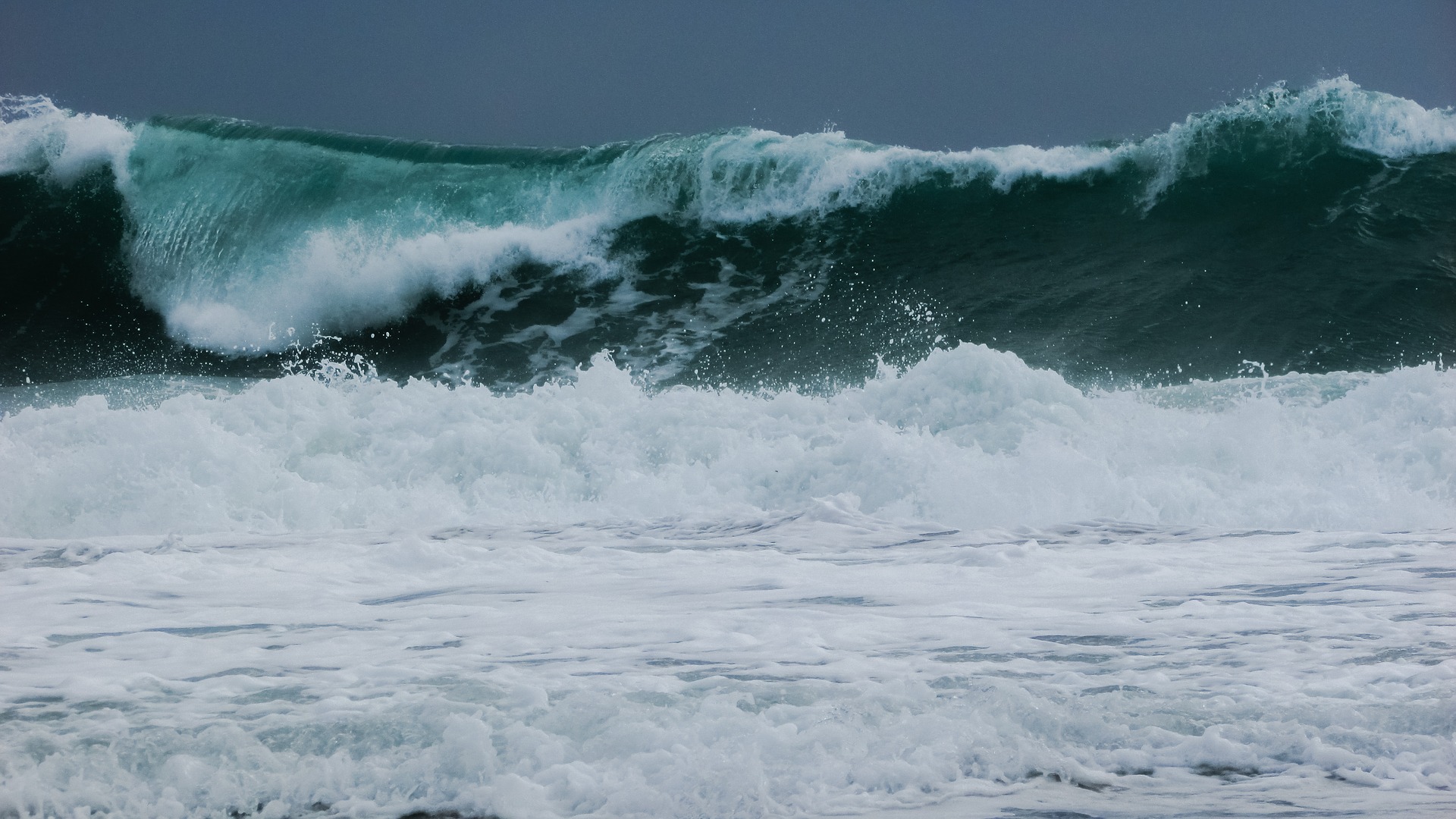RECENT STORMS smashing into Costa Blanca have caused sufficient damage to threaten the pending Easter break for the hospitality industry.
With awful timing, it is the first opportunity that tourism has had to recoup income lost during more than two years of lockdown.

Gale-force winds and waves exceeding four metres have swept away sandbanks in Torrevieja, Orihuela Costa, Guardamar and Alicante.
In Torrevieja, one beach is described as “raw flesh”, meaning rock stands out for most of the length because it’s bereft of sand.
Local beaches councillor, Antonio Sánchez, has advised temporary staff will start today, April 6, to redistribute sand and repair the worst affected of the playas.
In Pilar de la Horadada, work also continues to repair beaches, where the Easter lifeguard service had already started when storms struck
Benidorm or El Campello have escaped excessive damage because of the shallow rake of their beaches.
The Institute of Coastal Ecology has already admitted it will be difficult for the beaches to recover naturally in time for the imminent Easter holidays.
Sources have revealed that the strong waves have dragged underwater micro-forests (cymodocea) up onto sandbanks, leaving orange-brown deposits on the beaches.
However, these plantations are important to the ecosystem of the Mediterranean in this region, and should not be disturbed or removed.
The Institute has also spotted the arrival of a large number of small jellyfish such as bedelias or pelagia on to beaches.
Additionally, smaller turtles and dead dolphins that didn’t have the energy to battle the storms have been washed up on beaches in northern Costa Blanca.
They do reassure the public, over the coming weeks and months, typical marine dynamics and seasonal current will restore the beaches to their natural state.
READ MORE: What will the weather be like this Easter in Spain?











